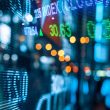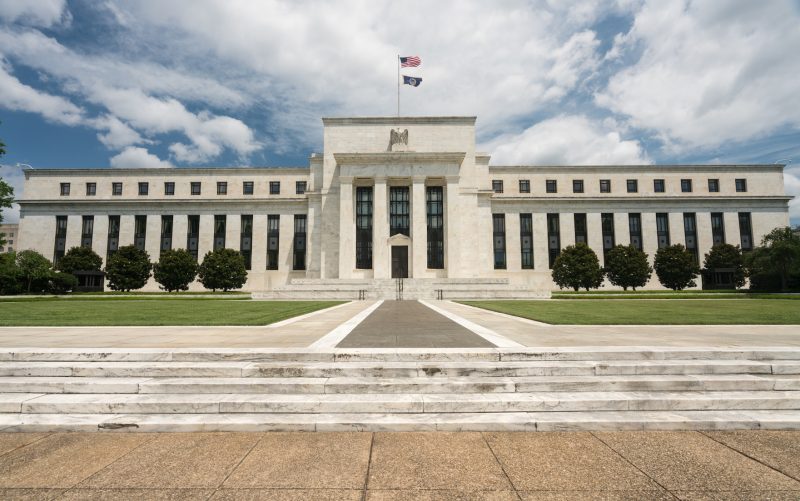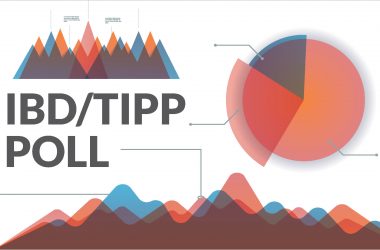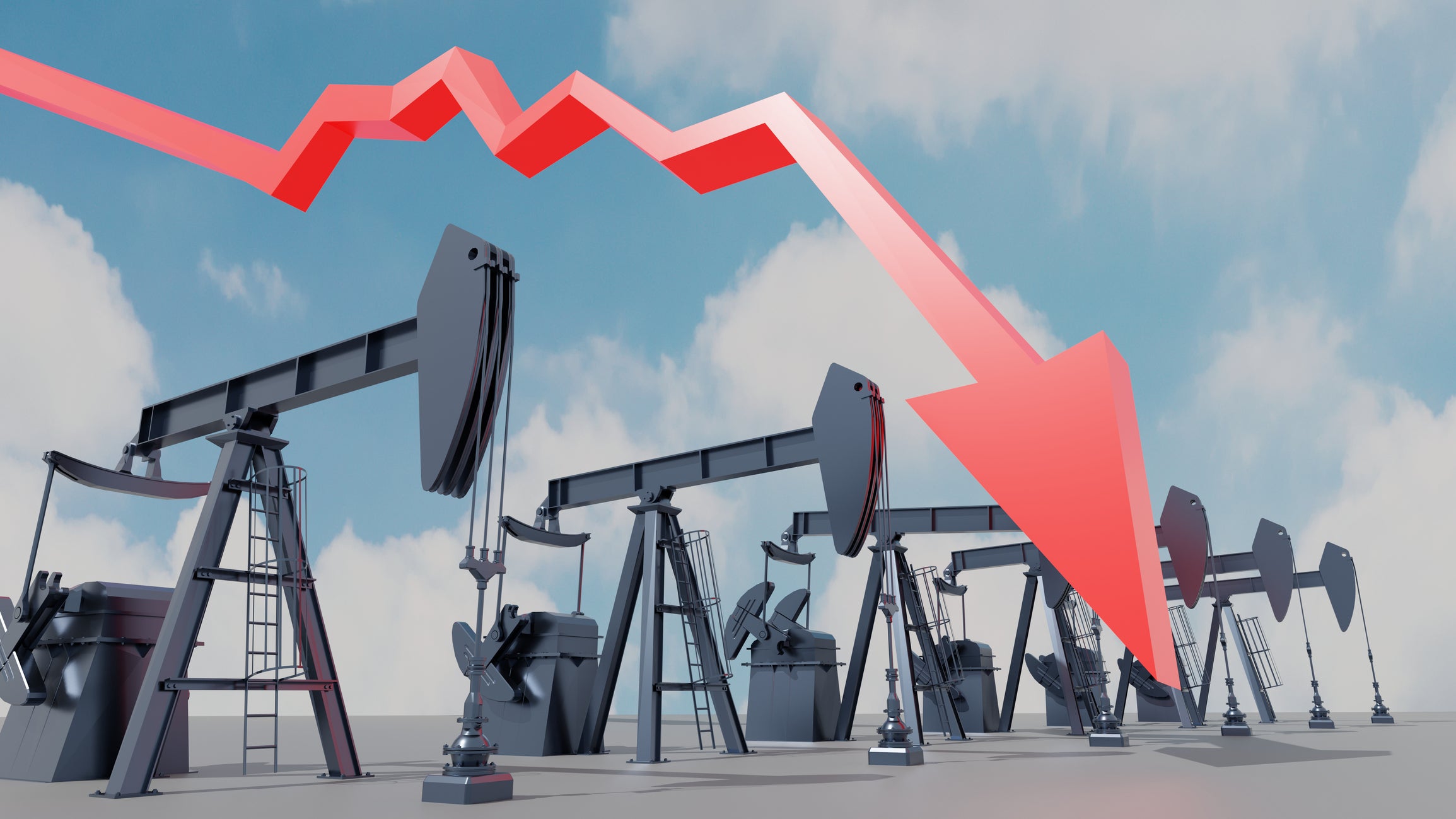The year’s last Fed conference preserved the status quo, as Federal Reserve policymakers withstood some require easier policy as the economy has a hard time in the middle of the most significant coronavirus wave yet. The Dow Jones, after its highest-ever close, closed down a little after the Fed conference statement and later press conference by Fed chief Jerome Powell.
The Fed’s quarterly economic forecasts continued to signal that the Fed will hold its benchmark rate of interest near no through 2023. That remains in keeping with the Fed’s commitment to increase inflation securely above its 2% target before hiking rates.
Today’s launch of Pfizer’s (PFE) vaccine, the imminent approval of Moderna’s (MRNA) vaccine, and progress towards a brand-new fiscal stimulus deal should guarantee that the present softening in the economy will be temporary. The real case for much easier policy now is to avert a premature increase in long-term Treasury yields amidst vaccine-fueled optimism, more stimulus, and an expected firming of inflation as the pandemic recedes.
Dow Jones, Treasury Yield Reaction To Fed Satisfying
The Dow Jones industrial average fell about 100 points in the minutes after the Fed’s 2 p.m. policy declaration, but briefly erased loss as Fed chief Powell spoke. The Dow closed down 0.15%. The S&P 500 index rose 0.2%. The Nasdaq composite climbed 0.5% in Wednesday afternoon stock exchange action, hitting a brand-new high intraday.
Meanwhile, the 10-year Treasury yield, after ticking up to 0.94% after the Fed’s status-quo declaration, fell back to 0.92% following Powell’s press conference.
Bond traders responded to Powell’s discussion of global disinflationary pressures. He recommended that would make the Fed’s objective of raising inflation above 2% a drawn-out procedure.
Fed chief Powell stated, “the case for fiscal policy is very strong.” He expects the economy to grow fast after next June when coronavirus vaccine immunizations reach many Americans, but fiscal stimulus might help over the next three to 4 months.
Assistance On Federal Reserve Asset Purchases
Federal Reserve policymakers did provide some guidance for the trajectory of future possession purchases, as expected. The Fed statement said asset purchases would continue a minimum of at current levels up until there’s “considerable more development” towards inflation and work targets.
It fell to Fed chief Powell to describe what “substantial additional development” implies, so markets will have a concept when Fed property purchases may begin to taper.
Powell decreased to provide particular numerical targets but said the Fed would telegraph any modification in policy “well beforehand” of carrying out that change.
Fed quarterly forecasts reveal that policymakers anticipate the unemployment rate to fall from 6.7% now to 5% at the end of 2021 and 4.2% at the end of 2022.
Powell suggested that the Fed doesn’t see a need to be proactive to get ahead of an increase in long-lasting rates of interest. He said the Fed examines whether a policy is sufficiently accommodative at each conference and determines whether a modification is required.
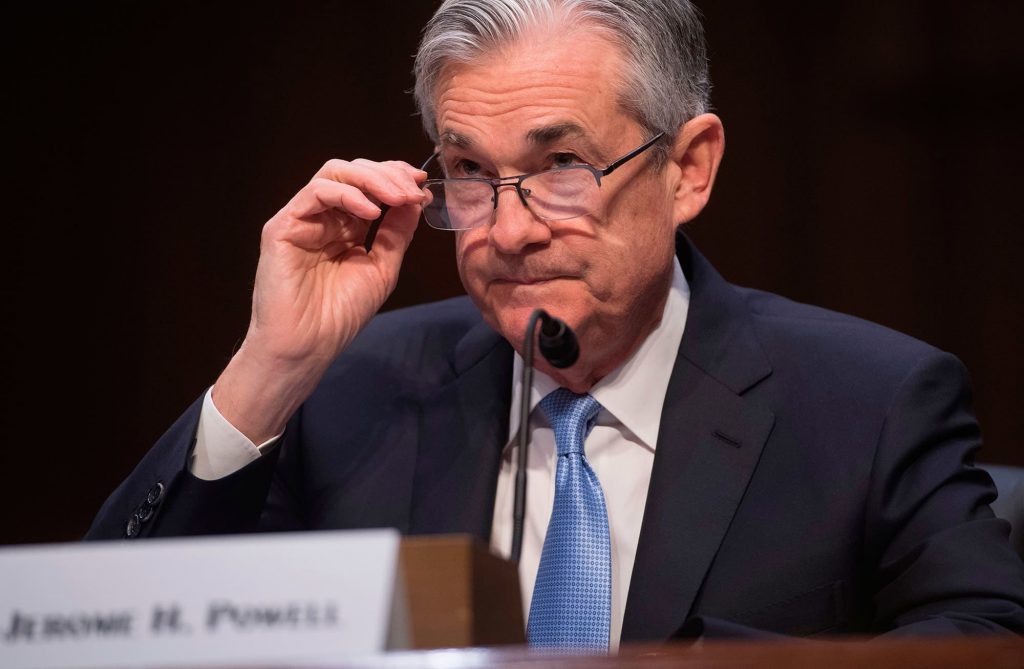
Fed Satisfying Outcome: A Close Call
For the very first time because of the coronavirus lockdown last spring, Wall Street was uncertain what to get out of today’s Fed conference.
UniCredit primary global economic expert Daniel Vernazza forecasted that “the Fed will purchase longer-dated bonds in order to flatten the curve and provide more lodging.”
Vernazza saw the Fed conference result as “a close call.” Yet he expected that a stalling job market and a tamer fiscal spending outlook in the middle of departments in Congress would push the Fed to act.
Providing more accommodation on Wednesday “would reinforce the dedication to overshooting inflation, which the market is not purchasing,” Roberto Perli, head of worldwide policy research at Foundation Macro, tweeted today.
Federal Reserve Asset Purchases
The Fed’s property purchases currently total up to about $120 billion per month. That consists of $80 billion in Treasuries and $40 billion in government-backed home mortgage securities.
UniCredit said that shifting more purchases to longer-term Treasuries would hold the 10-year Treasury within a series of 0.75% to 1% in the near term. Lately, the 10-year yield has evaluated the top of that range, as Covid vaccine optimism overpowers the near-term drag from brand-new coronavirus limitations.
The ramification is that without Fed action the 10-year Treasury yield could perk above 1% faster than later on. Since the 10-year yield is an essential factor of rates on mortgages and vehicle loans, that might suggest a bit less of a tailwind for real estate and the economy.



